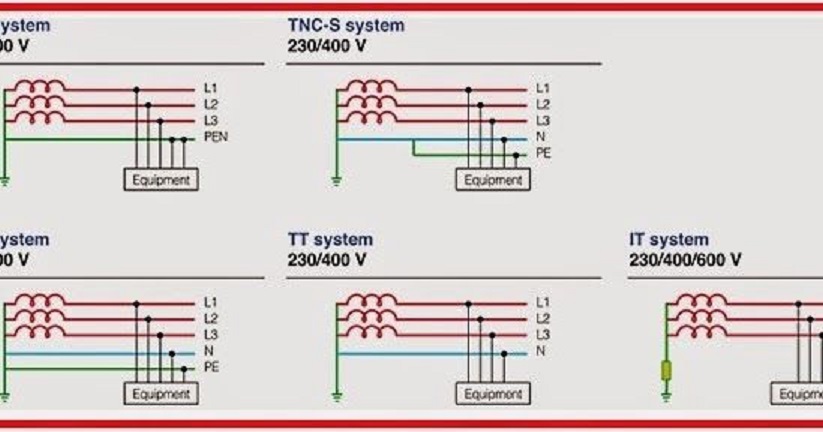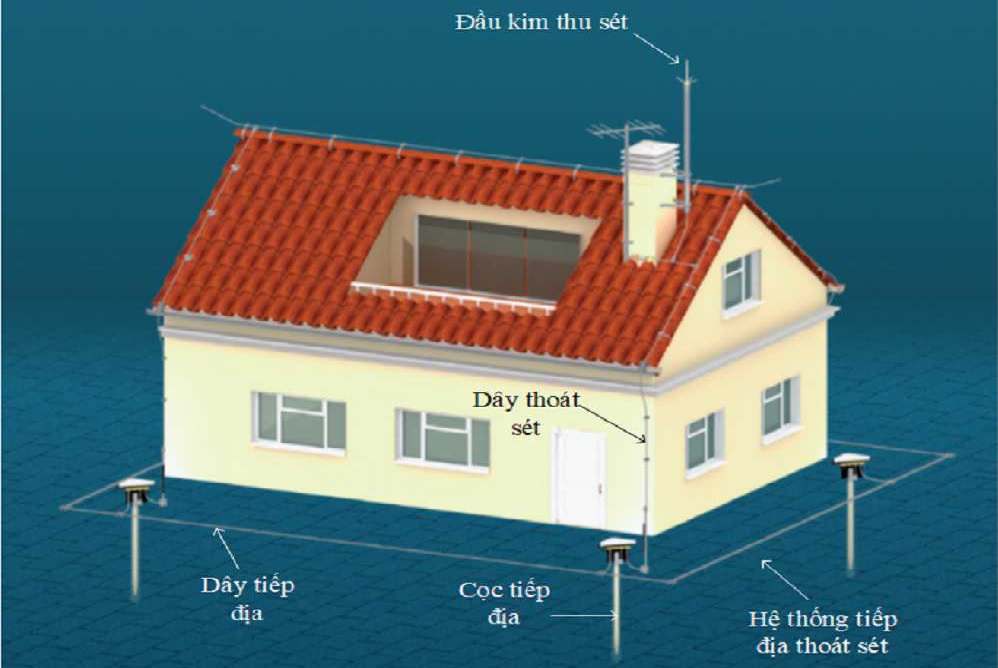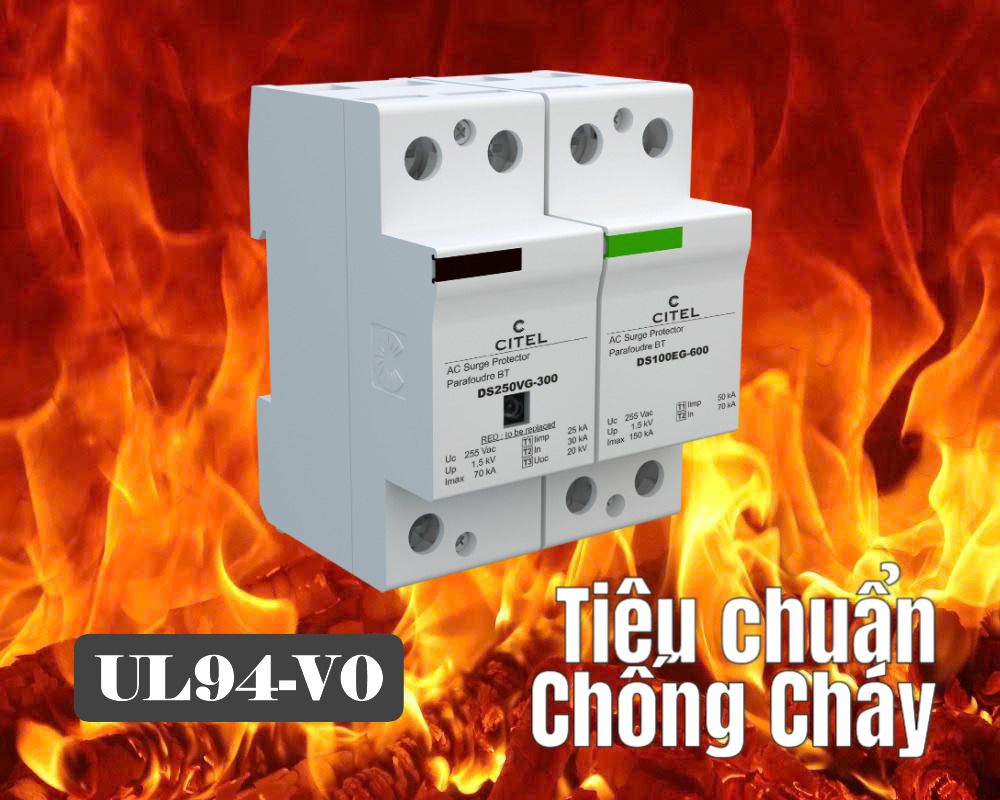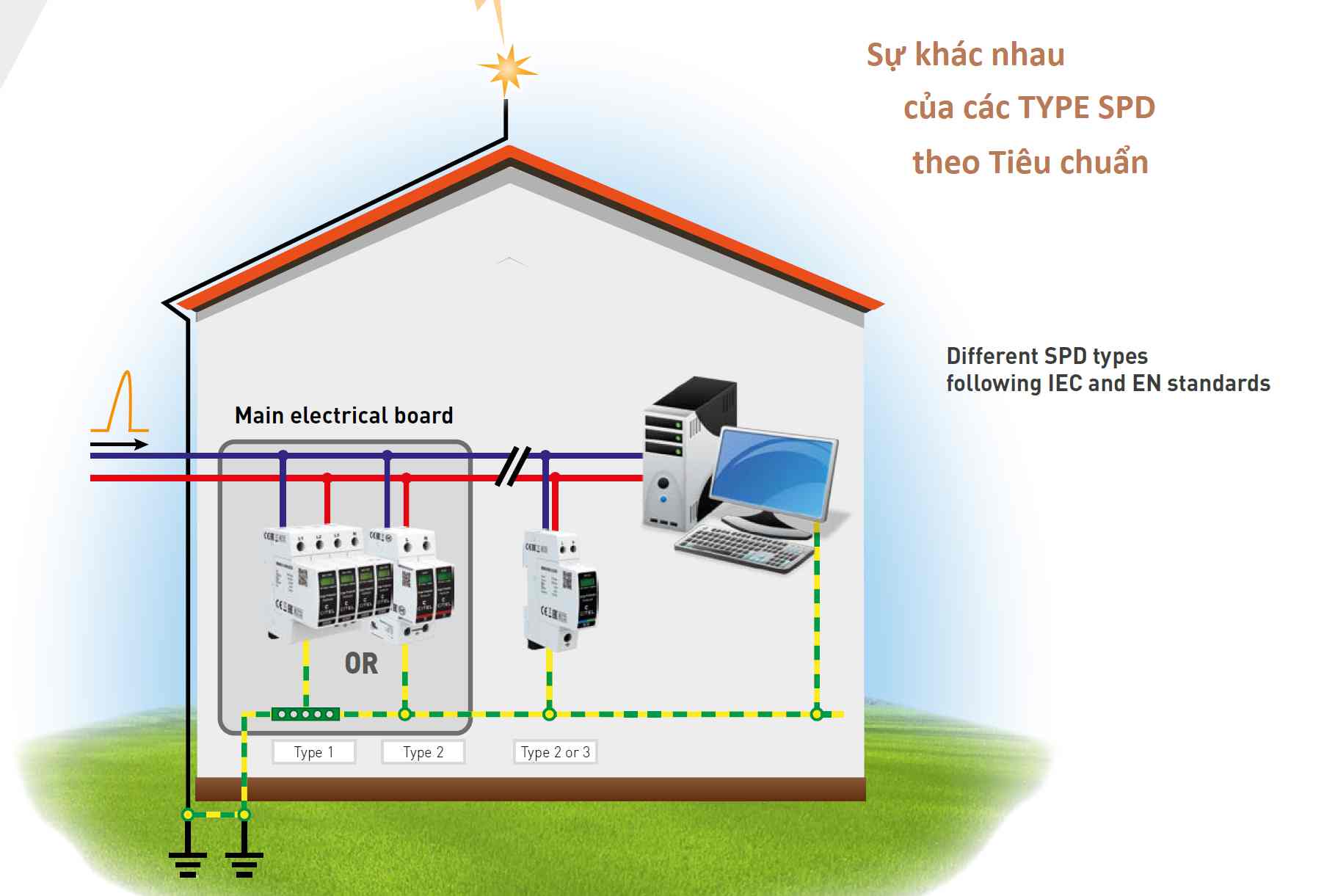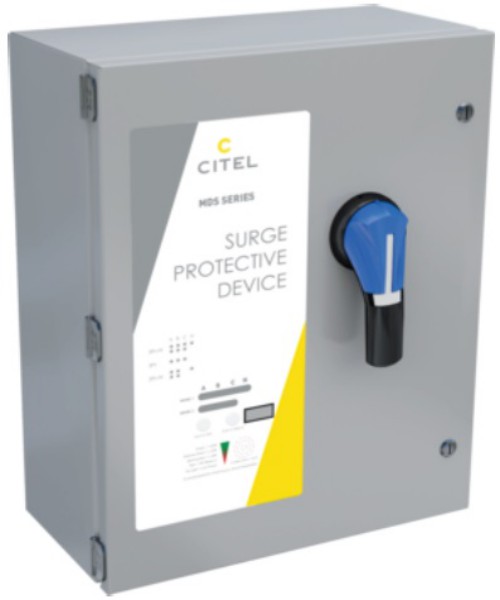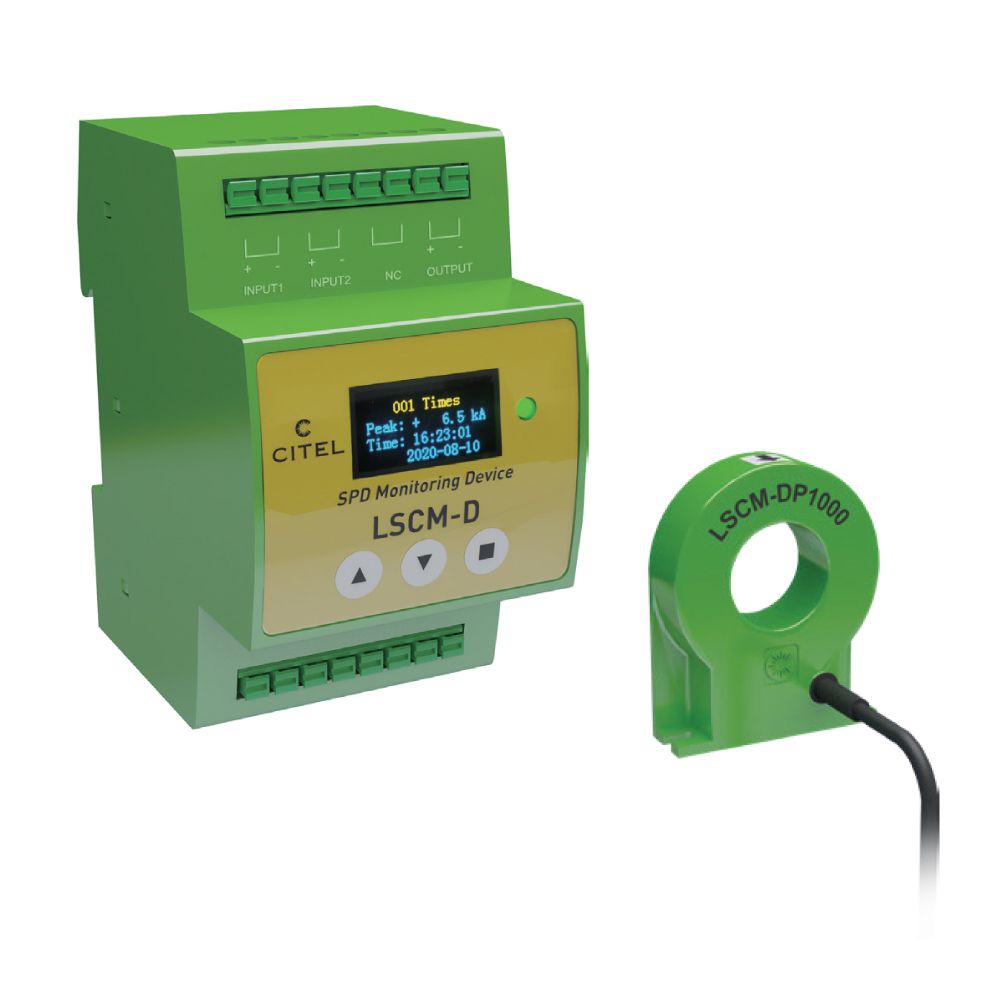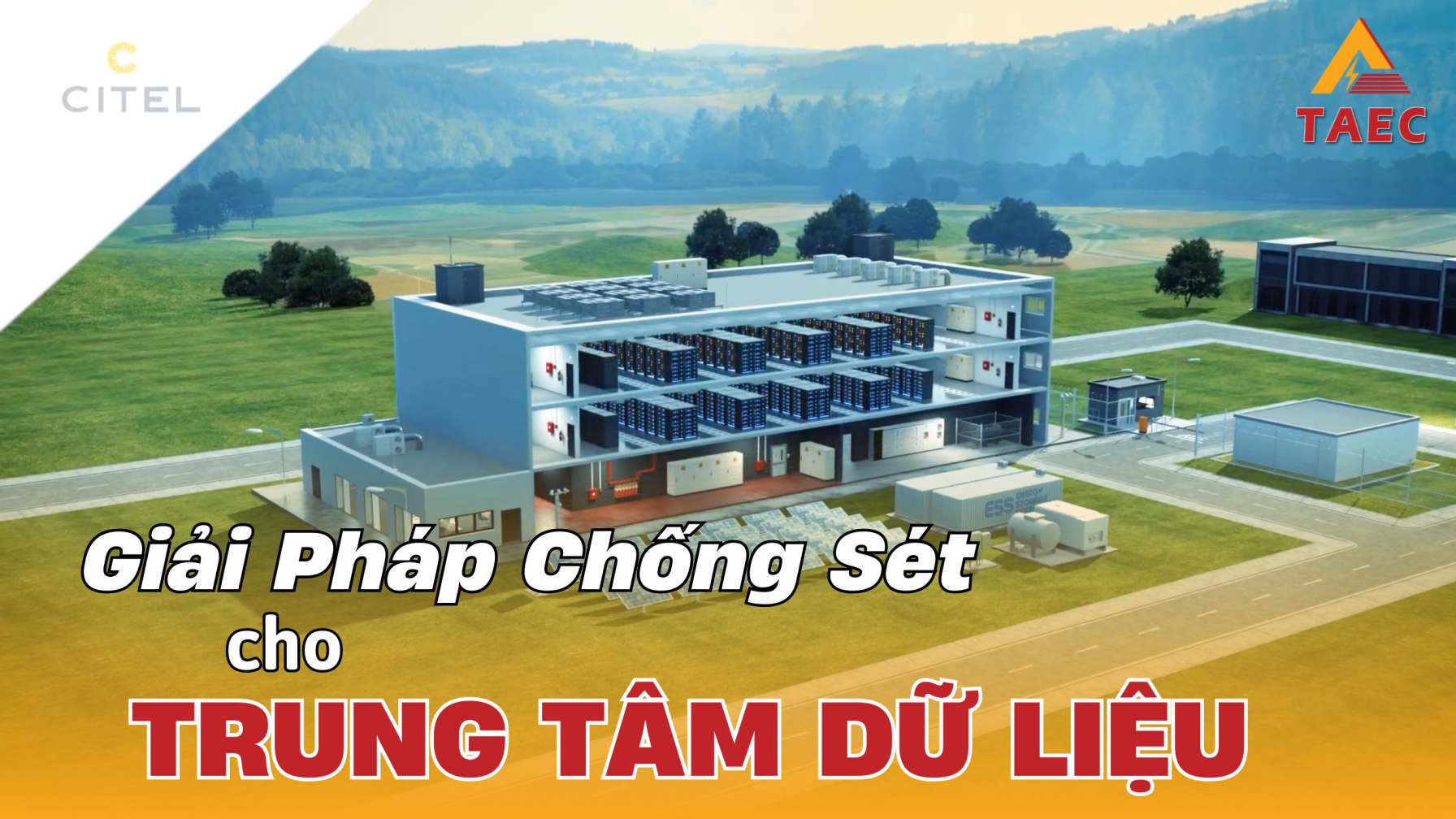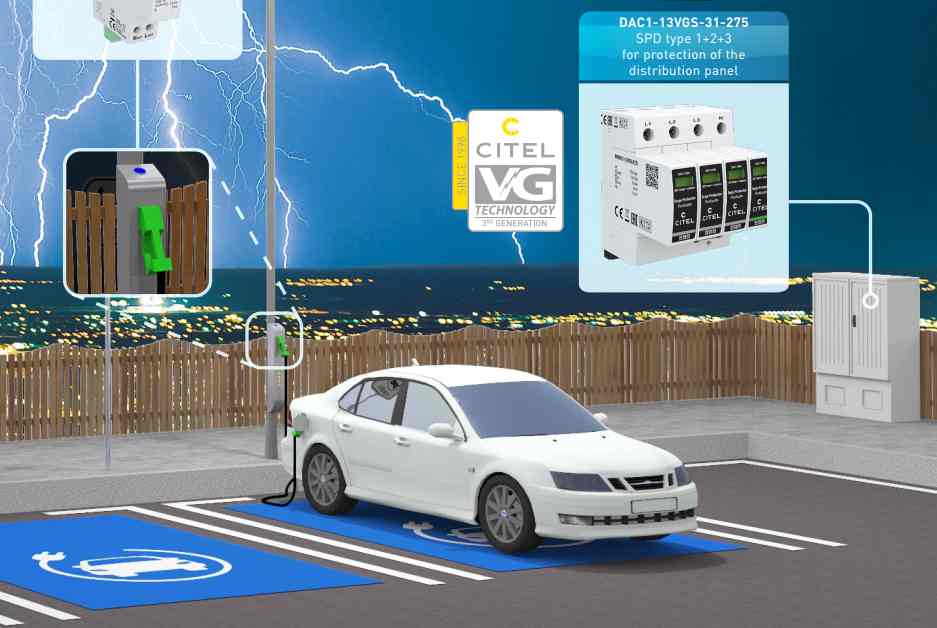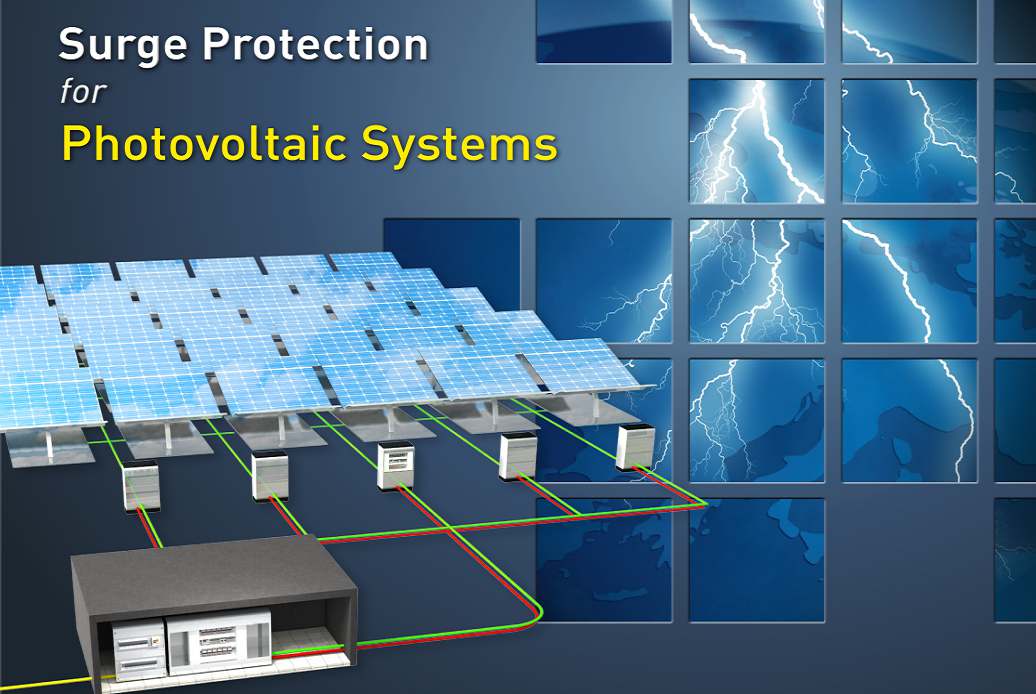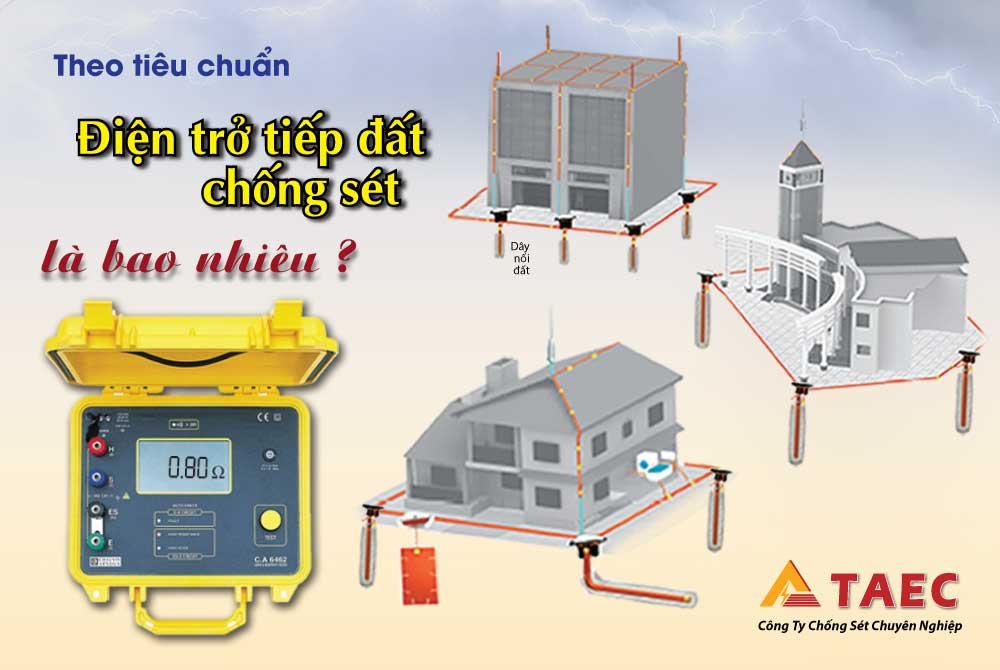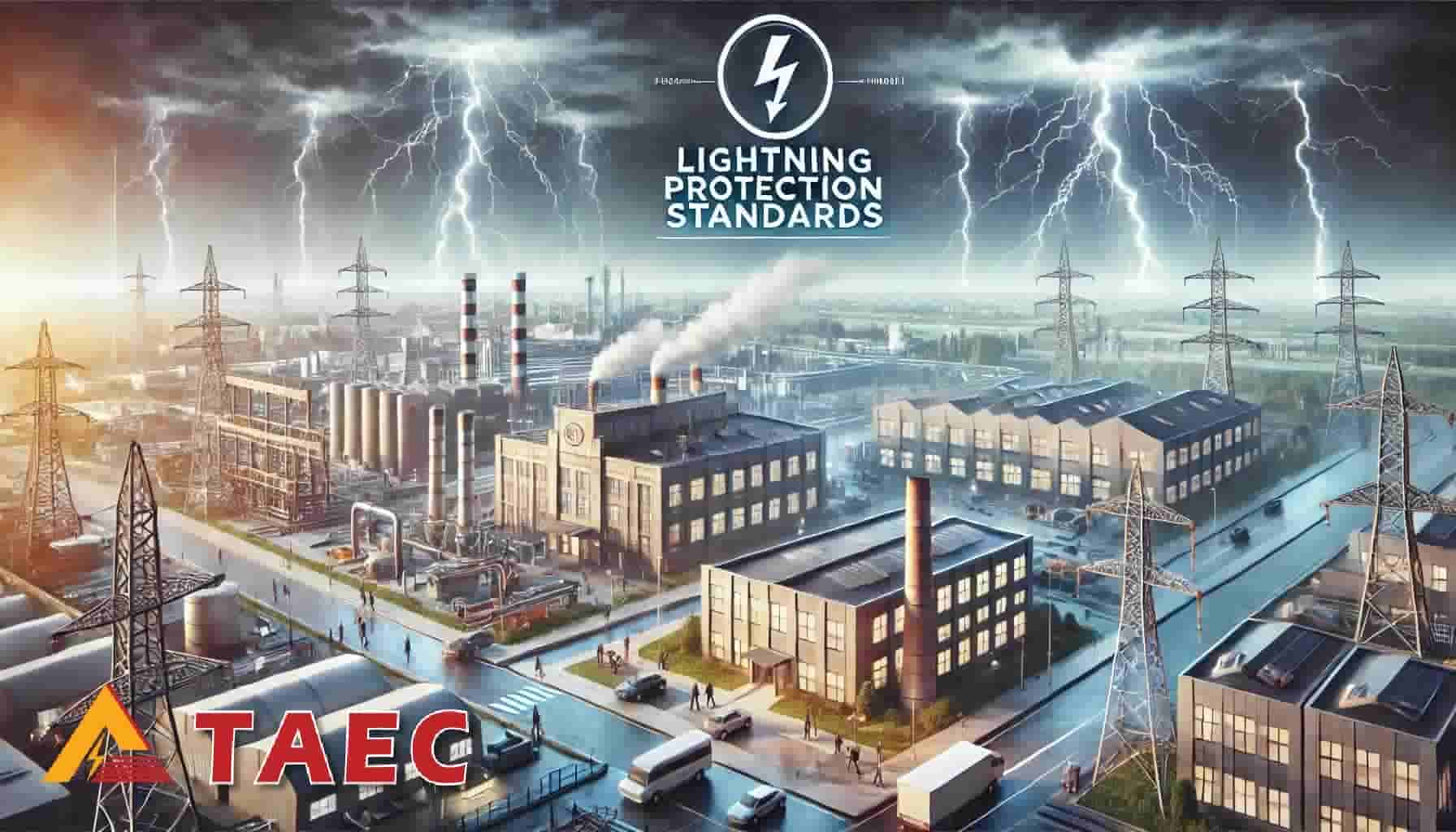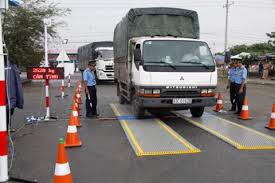Measurement Categories CAT I, CAT II, CAT III, CAT IV
Tuesday, 06/12/2022, 13:22
Xem nhanh
What are electrical measurement categories CAT I, CAT II, CAT III, CAT IV ?
Measurement Categories CAT I, CAT II, CAT III, CAT IV are used to rate test instruments on their ability to resist a voltage spike, which is applied through a specific resistance. The higher the category, the more risk there that a high voltage can overload a circuit and cause electrical and physical damage. Usually, the higher the CAT (category) rating, the safer the rating.
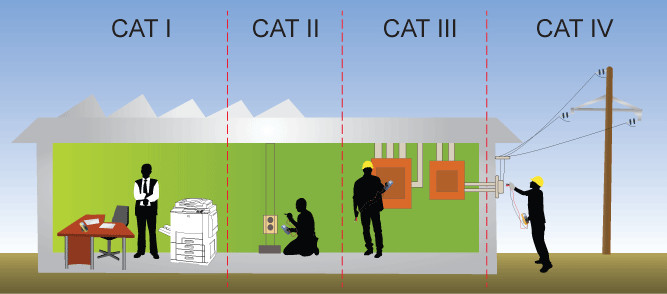
Before looking into the various categories it’s important to understand exactly why tools are certified in particular ways. First off, when dealing with electricity, you MUST understand that the tool is either designed for a particular application or not. Many people don’t stop and think what would happen if the test probes, for example, don’t have enough insulation and too much voltage is applied to them, causing an arc. Or if too much current passes through the meter, causing it to more or less explode. These aren’t just imaginations, each one of these events has happened time and time again to electricians and amateurs alike who decided to use improper equipment to test and measure current and voltage. With that said, let’s take a closer look at the four primary measurement categories for electrical tools.
CAT I
This category is for measurements of voltages from specially protected secondary circuits. Such voltage measurements include signal levels, special equipment, limited-energy parts of equipment, circuits powered by regulated low-voltage sources, and electronics. These categories of use present very little chance for danger or overloading on any significant level.CAT II
This is sufficient for a receptacle outlet circuit or plug-in loads, also referred to as “local-level electrical distribution”. This would also include measurements performed on household appliances, portable tools, and similar modules.
CAT III
Distribution wiring are qualified for this group, including “mains” bus, feeders and branch circuits. Also, permanently installed or “hard-wired” loads and distribution boards. Other examples are higher voltage wiring, including power cables, bus bars, junction boxes, switches, and stationary motors with permanent connections to fixed installations
CAT IV
This is “Origin of installation” or utility level applications such as any outside cable run. This category refers to measurements on primary over-current protection devices and on ripple control units.
Using the chart below we deduce the following: This specification informs the user this module is rated for 300V CAT II and 600V CAT I. In other words, this module can withstand up to 2,500V impulse voltage. This specification additionally informs the user this module must not be connected to MAINs CAT II circuits when operated above 300V. Lastly, the user should not use this module with Category III or IV circuits.
| Rated Voltage | IEC 61010-1 2nd Edition |
UL 61010B-1 (UL 31111-1) |
||||||
| CAT IV | CAT III | CAT II | CAT III | CAT II | CAT I | |||
| 150 V | 4000 V | 2500 V | 1500 V | 2500 V | 1500 V | 800 V | ||
| 300 V | 6000 V | 4000 V | 2500 V | 4000 V | 2500 V | 1500 V | ||
| 600 V | 8000 V | 6000 V | 4000 V | 6000 V | 4000 V | 2500 V | ||
| 1000 V | 12 kV | 8000 V | 6000 V | 8000 V | 6000 V | 4000 V | ||
| Resistance | 2 ohms | 2 ohms | 12 ohms | 2 ohms | 12 ohms | 30 ohms | ||

Other news
Saturday,27/12/2025
Có sản phẩm kim thu sét ESE được giới thiệu đáp ứng tiêu chuẩn quốc tế và bán kính bảo vệ (Rp) rất lớn, từ 120 đến 180 mét, thậm chí còn cao hơn. Những thông tin này nghe rất hấp dẫn đối với nhà đầu tư và nhà thầu vì có thể giảm số lượng, giảm chi phí và tạo lợi thế cạnh tranh khi đấu thầu.
Monday,03/11/2025
UL 94 (Underwriters Laboratories 94) là tiêu chuẩn do UL của Hoa Kỳ ban hành, dùng để đánh giá tính dễ cháy của vật liệu nhựa thông qua các thử nghiệm đốt theo phương ngang và phương đứng
Monday,26/08/2024
Surge Protective Devices (SPD) come in various types, each designed to meet specific standards such as IEC or UL. This article explains the different types of SPDs, their classifications, and a detailed comparison based on IEC and UL standards.
Wednesday,26/06/2024
TAEC introduces a set of standards from Vietnam and around the world regarding grounding and grounding resistance.
Saturday,22/06/2024
This article will guide you through international, continental, national, and Vietnamese lightning protection standards, highlighting their significance and practical applications in various sectors.
Tuesday,05/11/2024
IEC và UL là hai bộ tiêu chuẩn lớn nhất được áp dụng trên thế giới, hãy xem có sự khác nhau và giống nhau như thế nào, đối với các thiết bị chống sét lan truyền trên đường nguồn của hãng Citel thì sao.
Saturday,05/11/2022
Công điện khẩn về Phòng Chống Sét cho các Trạm Cân Xe: Đến nay, qua theo dõi quá trình hoạt động của các trạm kiểm tra tải trọng xe lưu động tại một số địa phương, Tổng cục Đường bộ Việt Nam thấy còn nhiều trạm kiểm tra tải trọng xe chưa tuân thủ theo các hướng dẫn quy định dẫn đến xảy ra các sự cố gây hư hỏng nặng thiết bị cân lưu động đặc biệt là các sự cố do sét đánh trong thời gian gần đây như các trạm kiểm tra tải trọng xe lưu động...



